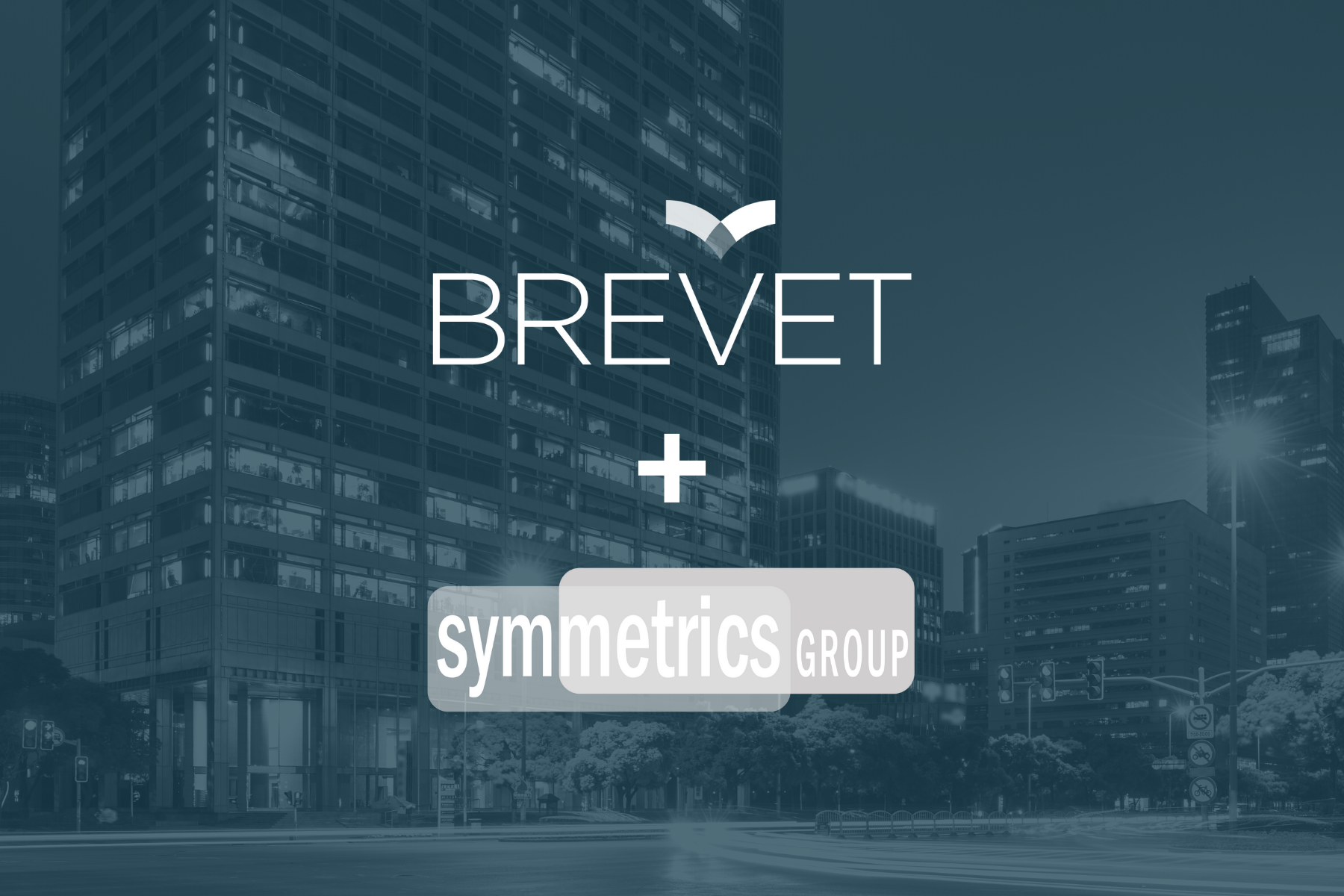Like many of you, our team spent much of the pandemic learning how to make the most of virtual tools. Webex, MS Teams, Zoom – all became necessities.
On various virtual platforms, we studied the best ways to:
- Manage chat questions and live chat
- Launch polling questions
- Build surveys
- Facilitate virtual break-out rooms
The task: learn how to best imitate an effective, in-person training experience.
Though our team has worked virtually for years, we still faced a learning curve. We had to make sure the virtual training experience felt easy and seamless for participants.
After several months of delivering 100+ hours of virtual training and workshops to various clients, our team came together to reflect. We discussed what we had learned and room for improvement.
We arrived at four key lessons:
- Adjust the degree of virtual engagement based on the training topic and sales team knowledge of said topic.
We have run training sessions with high levels of virtual prompts. But realized the prompts worked best when enhancing existing skills that were part of the core sales methodology. Training sessions that introduce newer, more complex ways of selling require more time. This allows sellers to digest and consider applications. In return, this requires fewer virtual engagement “tricks.”
- Not everyone is comfortable with (or appreciates) virtual tools.
Sometimes we assume that participants have a base level of comfort with popular virtual tools. We might expect participants to reply via chat or answer polling questions seamlessly. But sometimes, we find participants who feel more stressed about the technology, trying to figure out how to use it instead of focusing on the training’s key messages.
- Training activities and breakout groups require even more planning in a virtual setting.
Virtual breakout room exercises, meant for groups, require a lot of logistical planning and training time. Typically, virtual training gives less working time than an in-person session.
Depending on the objective of the activity, it may be better to skip the virtual breakout altogether and assign activities as group homework. This way, you can bring everyone back together later for a more productive readout. This approach gives sales professionals the freedom to use as much (or as little) time to complete activities. It also allows sales leaders the opportunity to observe and coach groups.
- There is an overall sense of “virtual fatigue”.
As clients continue to find the right hybrid balance, many are craving in-person interaction. Our clients and their teams are growing tired of long meetings, phone calls, and virtual landscapes. Sales professionals need inspiration from leaders, want more engagement with frontline managers, and are eager for peer insight.
In Conclusion
Sales training leaders need to build these considerations into each delivery experience. We can ensure that sales professionals and leaders are given enough time to learn from one another.
Our experience these past few years has reinforced the idea that a “one-size” approach to virtual technology and tools doesn’t work for all. Variable conditions, such as subject complexity, seller knowledge, and client objectives must be considered.
Also, just because a virtual platform has bells and whistles doesn’t mean you should automatically use them all. Contact us for more best practices to take virtual sales training to the next level.
About The Author
 Erica is passionate about the macro trends and ‘nitty gritty’ of sales effectiveness. Her expertise spans from examining generational impacts on sales forces to building a detailed process inventory and training curriculum for CRM effectiveness. She brings experience as a quota bearer and sales manager to help clients tackle complex business challenges, such as account and book of business planning, client service and retention strategies, and sales coaching and training.
Erica is passionate about the macro trends and ‘nitty gritty’ of sales effectiveness. Her expertise spans from examining generational impacts on sales forces to building a detailed process inventory and training curriculum for CRM effectiveness. She brings experience as a quota bearer and sales manager to help clients tackle complex business challenges, such as account and book of business planning, client service and retention strategies, and sales coaching and training.


.jpg)

